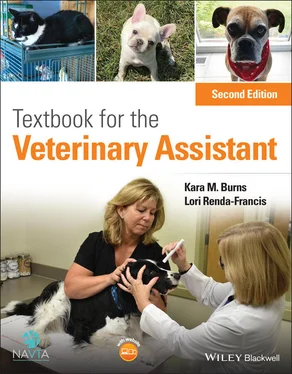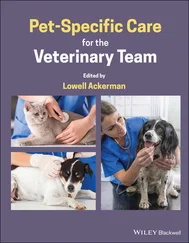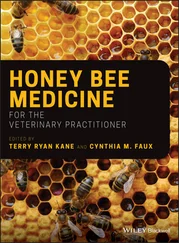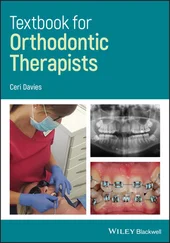Now that you have a basic understanding of the different parts of a word, let’s look at some commonly used prefixes, suffixes, and root words.
By learning the meanings of the commonly utilized prefixes, you will be able to break down unfamiliar words to find out their meaning. It may be helpful to divide them into categories according to their meaning. Below are the prefixes arranged into six categories.
1 Prefixes related to position regarding time and place
2 Prefixes describing position or location
3 Prefixes related to type
4 Prefixes related to direction
5 Prefixes describing number or quantity
6 Prefixes related to size, amount, and color
If we have the root word “operative” we can change the meaning by inserting different prefixes. For example:
preoperative – before a surgery
postoperative – after the surgery
perioperative – around the time of the surgery
Prefixes related to position regarding time and place:
| ana‐ |
up, back again |
| ante‐ |
before, in front of, forward |
| cata‐ |
down, through |
| meta‐ |
beyond, over, between, change, after |
| noct‐ |
night |
| post‐ |
after, behind |
| pre‐ |
before, in front of |
| prim‐ |
first |
| sym‐, syn‐ |
together, union, with |
Prefixes describing position or location:
| anti‐ |
against, opposing |
| apo‐ |
separation from or derivation from |
| circum‐ |
around |
| contra‐ |
opposite, against, opposed |
| dorso‐ |
pertaining to the back |
| ecto‐ |
outside, misplaced |
| endo‐ |
within, inner |
| epi‐ |
on, over, upon |
| extra‐ |
outside of, in addition to |
| hyper‐ |
above, excessive, beyond |
| hypo‐ |
under, deficient, beneath |
| infra‐ |
below |
| inter‐ |
between parts |
| intra‐ |
within parts |
| medi‐ |
middle |
| para‐ |
beside, beyond |
| peri‐ |
around |
| pro‐ |
for, in front of, before |
| pseudo‐ |
false |
| sub‐ |
beneath, under |
| super‐, supra‐ |
excessive, above, superior |
| trans‐ |
across, through, over, beyond |
| ultra‐ |
excessive, extreme, beyond |
Prefixes related to type:
| a‐, an‐ |
without, absent, lack of |
| auto‐ |
self |
| bi‐ |
two, double, twice |
| brady‐ |
slow |
| co‐, com‐, con‐ |
with, together |
| cry‐ |
cold |
| crypto‐ |
hidden |
| dys‐ |
difficult, bad, painful, abnormal |
| eu‐ |
good, normal |
| glyco‐, gluco‐ |
sugar, sweet |
| gyn‐, gyneco‐ |
female |
| hydra‐, hydro‐ |
water |
| mal‐ |
bad |
Prefixes related to direction:
| ab‐ |
away from |
| ad‐ |
to, toward |
| de‐ |
opposite, reverse, remove |
| dia‐ |
apart, separate, between |
| e‐, ex‐ |
out of, away from |
| in‐ |
in, inside, within, not |
| re‐ |
back, again |
| retro‐ |
behind, backward |
Prefixes describing number or quantity:
| ambi‐, amphi‐ |
both |
| bi‐ |
two |
| di‐ |
two, twice |
| hemi‐ |
half |
| mono‐ |
one |
| multi‐ |
many |
| pan‐ |
all, entire |
| poly‐ |
many, excessive |
| quadri‐ |
four |
| quint‐ |
five |
| semi‐ |
half, partial |
| tri‐ |
three |
Prefixes related to size, amount and color:
| a‐, an‐ |
none |
| cyano‐ |
blue |
| erythro‐ |
red |
| leuko‐ |
white |
| macro‐ |
large |
| mega‐ |
big |
| micro‐ |
small |
| mio‐ |
less, smaller |
| olig‐ |
little, small |
| per‐ |
excessive, through, by means of |
By learning the meanings of commonly used suffixes, you will be able to break down parts of an unfamiliar word in order to find out its meaning. For example, if we take the root word “derm,” which means skin, and add the suffix “‐ology,” we get dermatology which is defined as the study of skin. If we add the suffix “‐itis” to “derm,” we end up with dermatitis, which is an inflammation of the skin. So by changing the suffix we can create new words.
Below is a list of some of the suffixes commonly used in veterinary medicine.
| ‐algia |
pain |
| ‐centesis |
surgical puncture |
| ‐cide |
kills |
| ‐cyte |
cell |
| ‐ectomy |
cutting out, surgically removing |
| ‐emesis |
vomit |
| ‐emia |
blood condition |
| ‐itis |
inflammation |
| ‐ology |
science, study of |
| ‐oma |
tumor |
| ‐otomy |
creation of an opening |
| ‐penia |
deficiency of, lack of |
| ‐phag |
eating, devouring |
| ‐phobia |
abnormal fear, intolerance |
| ‐pnea |
breathing |
| ‐ptosis |
prolapse, downward displacement |
| ‐rrhage |
excessive flow |
| ‐rrhea |
flow or discharge |
| ‐scopy |
act of examining |
| ‐tomy |
cut, incision |
Below is list of commonly used root words. They are grouped according to their relationship to the anatomy – external or internal. External anatomy refers to any visible part of the body, and internal anatomy refers to organs, bones, and other tissues within the body.
| blepha‐ |
eyelid or eyelash |
| capit‐ |
head |
| carp‐ |
area corresponding to human wrist |
| cervic‐ |
neck |
| dactyl‐ |
digit, toe |
| dent‐ |
tooth or teeth |
| derm‐ |
skin |
| gingiv‐ |
gums |
| gloss‐ |
tongue |
| lapar‐ |
flank or abdomen |
| later‐ |
side |
| ling‐ |
tongue |
| mamm‐ |
mammary gland |
| nas‐ |
nose |
| ocul‐ |
eye |
| odont‐ |
tooth or teeth |
| onych‐ |
nail or claw |
| or‐ |
mouth |
| stomat‐ |
mouth |
| pil‐ |
hair |
| pod‐ |
foot |
| rhin‐ |
nose |
| thorac‐ |
chest or thorax |
| ventr‐ |
belly or underside |
Читать дальше












